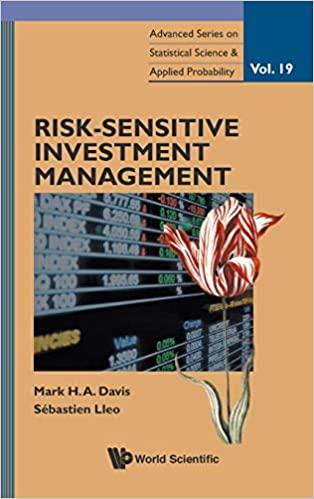3. Consider the problem of interpreting the results from test of capital structure models. In each part of the question, I will provide a hypothetical result from an empirical test. For each of these results. Interpret the result as being probably consistent or probably inconsistent with one of the four capital structure theories we have discussed: the tradeoff theory, the pecking order theory, incomplete contracting theory, market timing theory. Please answer each part in 50 words or less. a. Suppose your data shows that firm that have more tangible assets (e.g. land, airplanes) issue more debt than firms with less tangible assets (e.g. software programs, patents). b. Suppose your data shows that firms issue equity only in periods where price of stocks is very high relative to the book value of stocks. c. Suppose that your data shows that firms almost never issue equity when they have lots of cash on their balance sheets. d. Suppose your data shows that firms with high volatility earning have smaller leverage ratios than firms with low volatility earnings. 3. Consider the problem of interpreting the results from test of capital structure models. In each part of the question, I will provide a hypothetical result from an empirical test. For each of these results. Interpret the result as being probably consistent or probably inconsistent with one of the four capital structure theories we have discussed: the tradeoff theory, the pecking order theory, incomplete contracting theory, market timing theory. Please answer each part in 50 words or less. a. Suppose your data shows that firm that have more tangible assets (e.g. land, airplanes) issue more debt than firms with less tangible assets (e.g. software programs, patents). b. Suppose your data shows that firms issue equity only in periods where price of stocks is very high relative to the book value of stocks. c. Suppose that your data shows that firms almost never issue equity when they have lots of cash on their balance sheets. d. Suppose your data shows that firms with high volatility earning have smaller leverage ratios than firms with low volatility earnings







